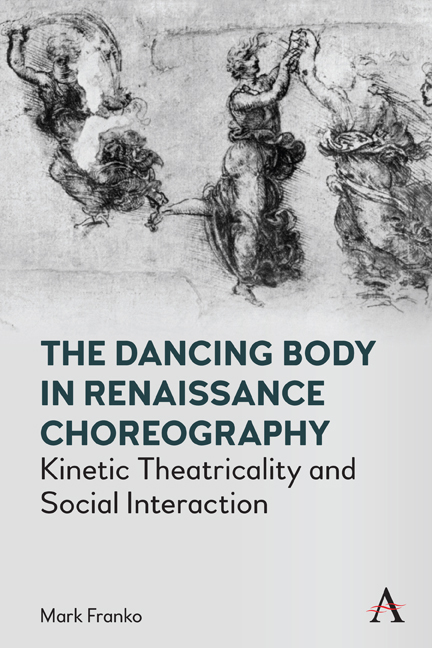Book contents
- Frontmatter
- Dedication
- Contents
- Preface to the Revised Edition
- Chapter 1 Introduction
- Chapter 2 The Mythological Intertext: Language
- Chapter 3 The Sociological Intertext: Courtesy
- Chapter 4 The Pedagogical Intertext: Precepts
- Chapter 5 The Political Intertext: Civil Conversatione (Social Intercourse)
- Bibliography
- Index
Chapter 4 - The Pedagogical Intertext: Precepts
Published online by Cambridge University Press: 13 May 2022
- Frontmatter
- Dedication
- Contents
- Preface to the Revised Edition
- Chapter 1 Introduction
- Chapter 2 The Mythological Intertext: Language
- Chapter 3 The Sociological Intertext: Courtesy
- Chapter 4 The Pedagogical Intertext: Precepts
- Chapter 5 The Political Intertext: Civil Conversatione (Social Intercourse)
- Bibliography
- Index
Summary
“Nella regola una licenzia che, non essendo di regola, fosse ordinata nella regola, e potesse stare senza fare confusione o guastare l’ordine.”
[A freedom to the rule, which, not being of the rule, would be ordered within it and could be there without creating confusion or ruining the actual order.]
—Giorgio Vasari, Le Vite dei più eccelenti pittori, scritori e architetti, 1550A. The Pose as Intertext for the Basse Danse
Since Ingrid Brainard's work, many enigmas regarding steps in the Italian and Burgundian repertory have been clarified. Yet the rationale of the pose (posa or posata) remains unexplained because its forms are not described in dance instruction books. Brainard leaves the pose as a dramatic element to be dictated a posteriori by the reconstructor based on what is suggested by the dance as it begins to take form and shape. My contention, however, is that the pose had a formal consistency and meaning and was ideologically determined. It can only be obtained, however, intertextually.
In courtesy books, the normative body is represented frontally in an erect posture. Proper erectness is a mean between rigidity and lethargy. “Resupinare corpus,” writes Erasmus, “fastus indicium est: solliter erectus, decet” (Holding the body inordinately straight is a sign of haughtiness: let it be straight simply). For Guazzo, “s’ha a comporre tutto il corpo in maniera, che non paia nè tutto d’un pezzo intiero, nè tutto snodato” (the body should be held in a way such that it is neither all of a piece nor all loose). The mean is also expressed as a state of balance: “Corpus igitur aequo libramine sit erectus” (The body should be held straight in a stable equilibrium). The face is the privileged locus and the epitome of posture. Faret describes countenance as “une juste situation de tout le corps, de laquelle se forme ceste bonne mine que les femmes louent tant aux hommes: Mais elle reçoit toute sa perfection des mouvements du visage. […] Et certes on peut dire que c’est le visage qui domine au maintien extérieur” (an even stance of the whole body from which derives that expression that women praise so much in men: But all of its perfection comes from facial movements. […] And indeed one can say that the face dominates external appearance).
- Type
- Chapter
- Information
- The Dancing Body in Renaissance ChoreographyKinetic Theatricality and Social Interaction, pp. 53 - 84Publisher: Anthem PressPrint publication year: 2022



